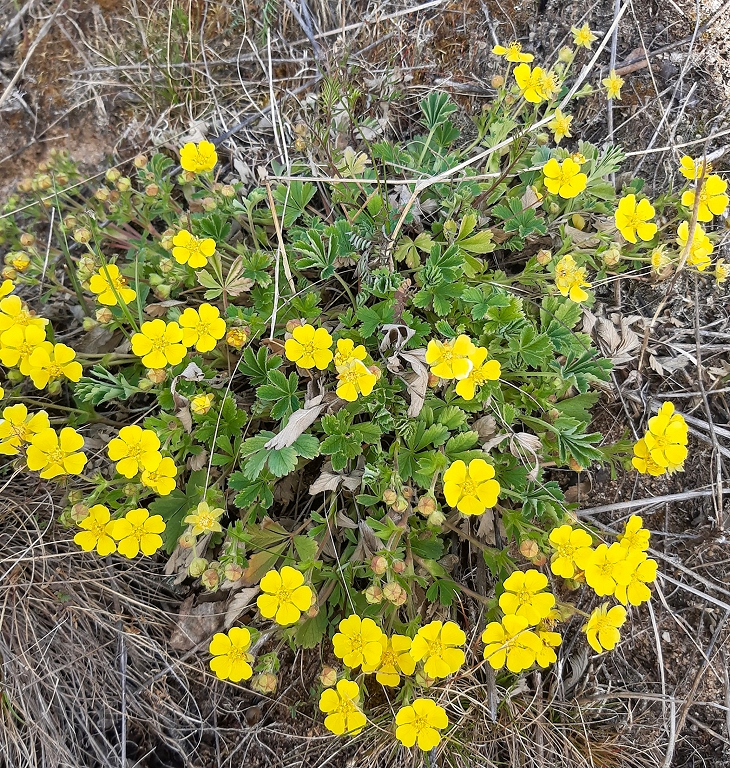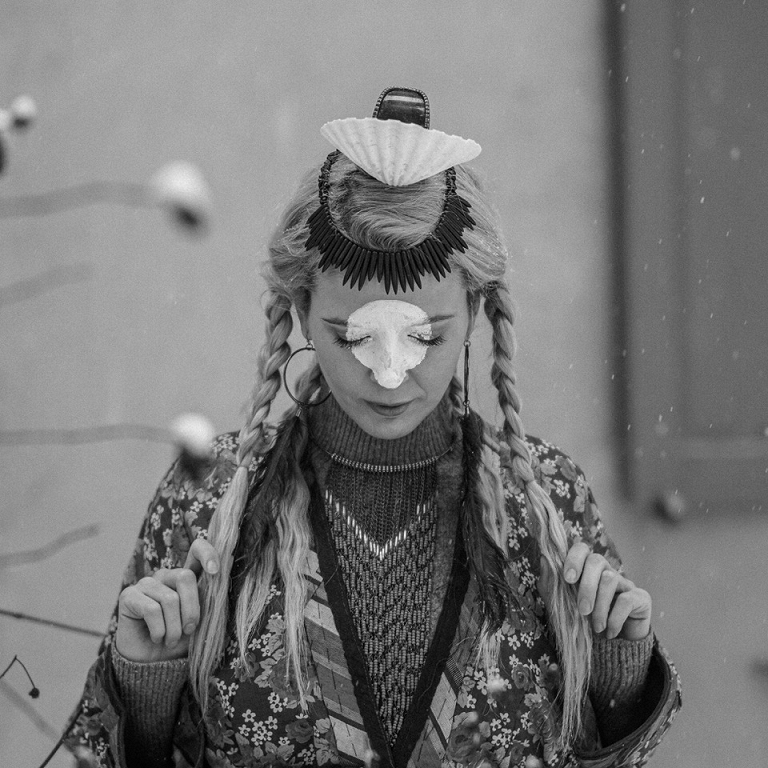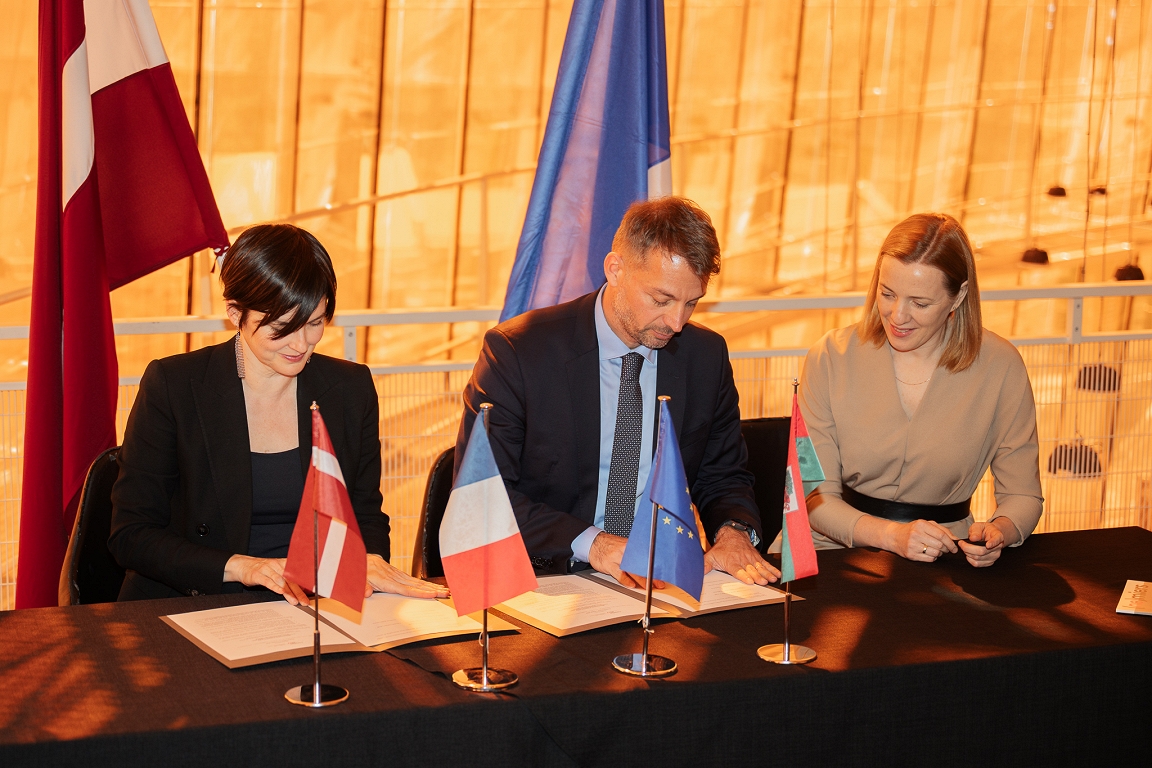Rare bright yellow / day

Those who want to see the 2025 -year -old plant – the sand rare – this spring must look into the landscape after a rich blooming, bright yellow flower. However, it should be borne in mind that the year’s plant is not present throughout Latvia, and there are several counterparts. That is why the Latvian Botanical Society for nature watchers this year recommends arming not only patience but also a magnifying glass.
One of the first in the spring
The hero of this year’s flora – sand rare Potentilla Arenaria – We can be considered one of the first bright plants, which, like an impressionist brush, marks a more open landscape of spring. Sandy rare, wide with toothed leaves and sunny flowers closer to the ground, can be observed in Latvian nature in late April and May.
In height, the small herbaceous herbaceous plant is relatively rare: it is five to ten centimeters high, lying or lying on a base but steep stem. The leaves for the plant are three -fold or five -fold, very rarely seven -fold.
During flowering, the annual plant attracts attention from a distance, as richly blooming in bright, golden yellow flowers, consisting of five petals, or, in the language of Botanical, five wreaths and five cups. The flowers are arranged in long flower stalks, two to four at the ends of the plant. After flowering, they lean down, while the fruit consists of many small nuts.
Look for stars
« At least a good magnifying magnifying glass is needed to correctly noticeable in this flowering phase, but it can be determined even more safely in a binocular laboratory, » says Biologist Peter Evarts-Bunders, a spokesman for the Latvian Botanical Society. « The characteristic feature of the species is dense star hairs – branched hairs – at the bottom of the leaves. If so – all right, you have found the plant 2025! » They are called stars because the hairs are stellarely shared at their ends.
The greatest chance of seeing the plant in nature is the Daugava Valley, especially in its lower reaches. The plant does not shy away from open space, it likes dry and sunny forest edges, slopes, roadsides. In the spring, yellow flowers can be observed in the plant -growing plant in Riga or Ogre residents, looking through the train window. Botanists have found that some sand reret deposits have also been observed on the railway on the side of Ergli, Gramzda and Užava. However, it should be borne in mind that the sandy rare in Latvia reaches the northern border of its distribution, and in Northern Latvia, Latgale and Selonia are rare or even at all.
« The effect of climate change could be in favor of a species south of Latvia, while dry grasslands or overgrowth with trees and shading is a negative factor that destroys the species-friendly habitat, » explains biologist Evart-Bunders.
Out of five hundred species of rare rare -growing rare in Latvia are found in about twenty species. Often different species are grown in stones and parks as decorative plants, and are also considered good nectar plants. In Latvia, two other rare species are more common than the sand of sand. First of all, Maura’s rare Potentilla Anserina L.whose spread in pasture may indicate a risk of overheating and which is also found in moderately wet growth. Wild food lovers can take into account that Maura’s rare new leaves can also be put in a salad bowl or tea jug. True, the taste of the plant – especially the roots – will largely depend on the growth conditions and the amount of tannins in them. Second, creeping rare Potentilla reptansUnlike the annual plant is a stretching plant that forms up to one meter -long strings that take root. Biologist Maruta Kusiņa points out that all the rare, their leaves and rhizomes can be used to paint wool yarn and fabrics – it is possible to obtain brown, red or almost black tones depending on the etching used. Various rare species are also popular in folk medicine.
Other rare peers
The closest counterpart of the sand is Kranca’s rare Potentilla Krantziiwith the bottom of the leaves naked, with some of the hairless hair. But the likelihood that someone will see it in nature is very small. Although Kranca’s rare has grown in the Abava Valley and Kemeri National Park, it has not been found in Latvia for more than three decades in Latvia. Another counterpart is the neighboring Tabernamontan rare Potentilla Tabernaemontanii, which has simple hair at the bottom of the page that seals the entire surface of the leaf slab.
« Most European databases seem to be justified by Tabernamontan rare at this moment as synonymous with the previously described Linney species Potentilla Vernewhom the Latvian epithet is quite frustrated-a rare of spring, « adds biologist Evarts-Bunders. » Looking through the material collected in previous years, this species has been able to prove this species safely in Latvia. So far, we have stunned – as it is, as it is not at all safe. Estonians have, we have to be. Now there are two samples at the Institute of Biology at the University of Latvia: one of the Soviet times from Dobele, and the other from recent times – from Riga, Pardaugava, in which place by the railway. «
As the botanist allows, another sandy rare fellow Hybrid Hyperned Retse Potentilla X Subarenaria, Having seen the signs of both species of parents may also be more common in Latvia than is currently considered. The botanist has already planned to be told more in a scientific article, marking more specific species in Latvia.
Those who notice the sand rare in nature, or similar to the rare species, are urging the botanist to report the nature observation on the nature observation on dabaDati.lv. A valuable message will be if the photograph is added to the observation site and if the description mentioned whether the hair at the bottom of the page is visible on the bottom of the page.







